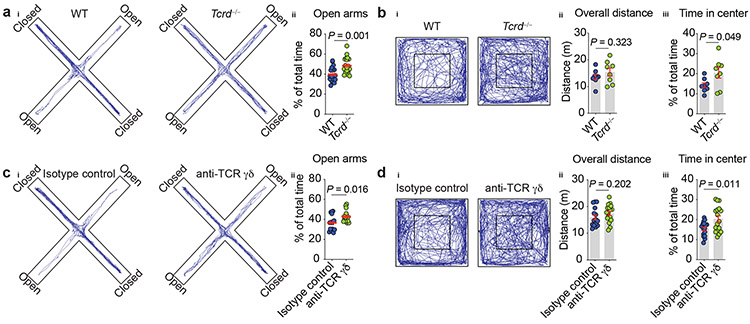Figure 3. ∣. Meningeal γδ17 T cells regulate anxiety-like behavior.
ai, Cumulative movement of wild type (WT) and γδ T cell-deficient (Tcrd−/−) mice in the elevated plus maze. aii, Percentage time spent in the open arms of the maze. WT (n = 18); Tcrd−/− (n = 20). Pool of two independent experiments. bi, Cumulated movement of WT and Tcrd−/− animals in the open field test. bii, Total ambulatory distance in the arena. biii, Percentage time spent in the center of the arena. WT (n = 8); Tcrd−/− (n = 8). c, WT mice were injected (i.c.m.) with 2.5 μg of anti-TCR γδ or isotype control and three days later were assessed in the elevated plus maze. ci, Cumulated movement of isotype control– or anti-TCR γδ–injected mice. cii, Percentage time spent in the open arms of the maze. Isotype control (n = 15); anti-TCR γδ (n = 16). Results pooled from two independent experiments. d, WT mice were injected anti-TCR γδ or isotype control and three days later were assessed in the open field task. di, Cumulative movement in the open field arena. dii, Total distance traveled. diii, Percentage time spent in the center of the arena. Isotype control (n = 16); anti-TCR γδ (n = 17). Data were pooled of two independent experiment. a-d, Data are expressed as mean ± s.e.m. and each dot symbol represents individual mouse. Unpaired two-tailed t test.

